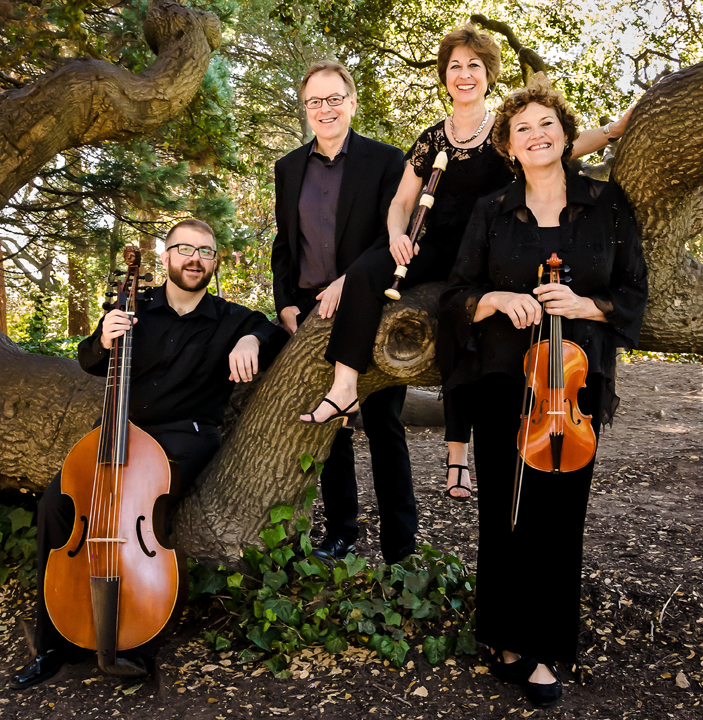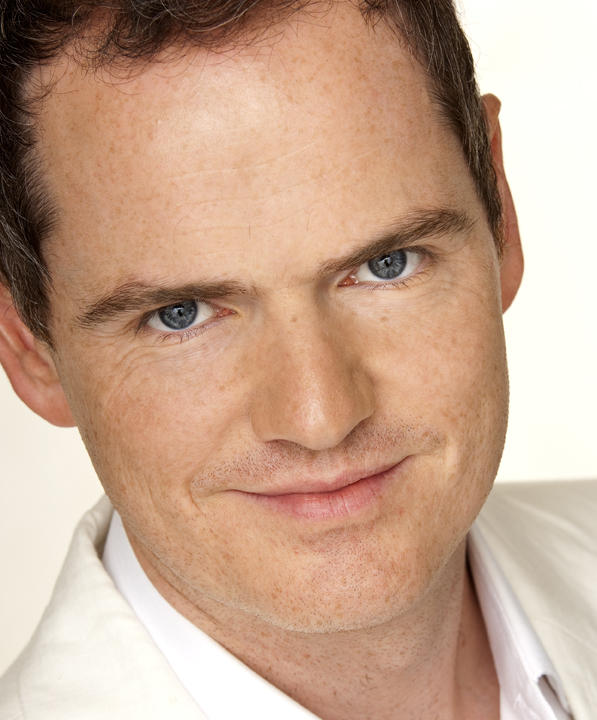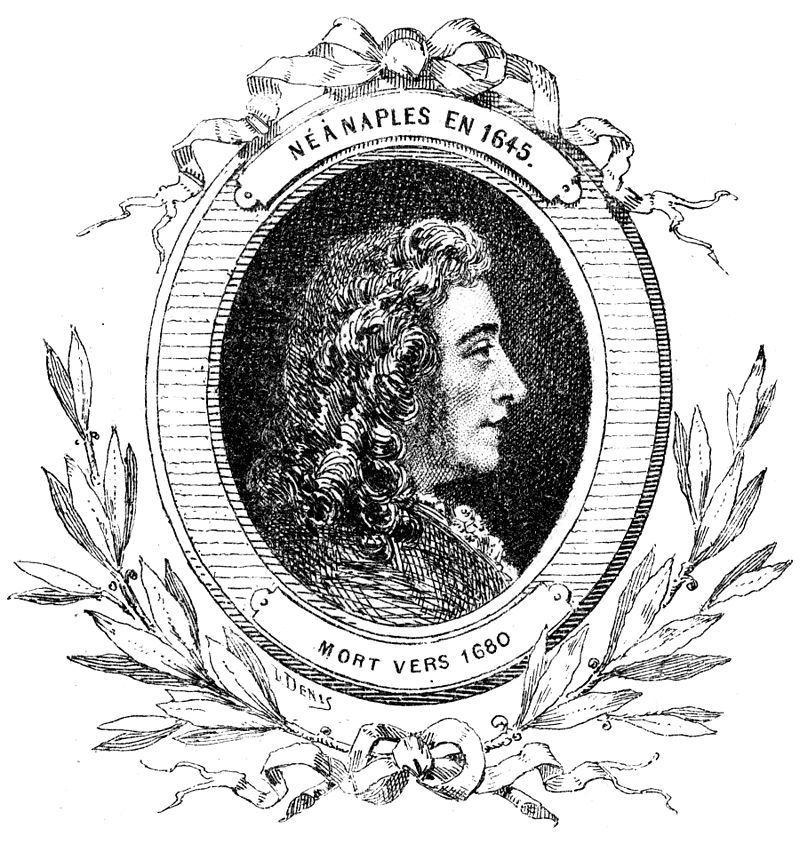Burghers & Friars to Mix It Up at SFEMS Season Opener
The growth of the San Francisco Early Music Society has been both an expression of and a contributor to America’s growing interest in early music. For the past four decades SFEMS has presented Bay Area audiences the finest examples of what medieval, Renaissance, and baroque music can be and in so doing helped create and support one of the world’s great centers of historical performance. We enter our fifth decade by celebrating the many contributions American ensembles have made to the early music revival. Our season opens the weekend of November 11–13 with one of the Bay Area’s most distinguished groups, Musica Pacifica—Judith Linsenberg, recorders; Elizabeth Blumenstock, violin; William Skeen, violoncello; John Lenti, theorbo; and Charles Sherman, organ and harpischord; with featured guest artist Ryland Angel, countertenor and tenor. Musica Pacifica is currently celebrating its own silver anniversary. The group was founded by Linsenberg and Blumenstock, who have remained its core over the years. Other members have changed, as has the name (they originally were Bay Area Baroque Soloists), but the virtuosity and high artistic standards with which the ensemble began have not—continuing to earn them accolades across the US and abroad. They have just released their 10th CD, Mi Palpita Il Cor: Baroque Passions, on Navona Records. Their SFEMS concert focuses on music of the Italian middle baroque, the period roughly from 1650 to 1700, although their program spills over those lines a bit.
Anthony Martin contributed these characteristically erudite notes on the music they will perform for us:

Church or Chamber? Definitions have a way of imposing boundaries. Thus the idea that music is sacred or secular, suitable for either the chapel or the court, spirals outward to other dichotomies such as cantata or sonata, vocal or instrumental, spiritual or physical, leading to literature (Stendhal’s The Red and the Black) and philosophy (Kierkegaard’s Either/Or). But Musica Pacifica’s program effectively overcomes all antitheses by creative syntheses: worldly music in a sacred space, Catholic music in a Protestant setting, music from three centuries ago in modern times.
Still, it worth considering how the distinction between secular and sacred music became one that concerns musicologists, music historians, and thus, now and again, mere performers of music. Musica Pacifica’s program is markedly anti-chronological, and so it evades the illusion of progress from one era, or generation, or composer, to the next. Key words in the titles of the selections, however, reveal a continuity even as chronological order is eschewed: sonata and cantata persist across composers, performing forces, and decades.
The distinction between sacred and secular should be easy to discern in music that sets a text; nevertheless, the two cantatas on each half of the program reveal an underlying unity of feeling. Stradella’s O vos omnes is a mash up of the Lamentations of Jeremiah and the Song of Solomon, a disturbing juxtaposition, but incontestably biblical. Scarlatti’s Infirmata vulnerata is the time-honored complaint of a disregarded lover. Yet the language of the two cantatas overlaps at the crucial word amore, an idea and experience that goes to the heart of the conflict between the spiritual and the physical. Passionate longing for union with the beloved is similar whether the object be the Lord or the Lady. Bernini’s Ecstasy of St. Theresa, in Santa Maria della Vittoria, displays vividly how murky was the division between the carnal and the devout in mid 17th-century Rome.

A sacred cantata is already a kind of compromise with the secular, since its very form—pairs of recitative and arias—is a direct transplant from that sulfurous den of sin, the opera house. Worldly Romans took their entertainment where they could find it. (Bach, far to the north of this program in Lutheran Leipzig, was taken to task for introducing intimations of operatic expression into church services.) A balanced view of life does not admit a firm distinction between spiritual and physical, but where that balance point lies is open to interpretation.
Whereas a musical setting provides the emotional backdrop to a text, instrumental music is predominantly emotional without an intelligible content. It is worth recalling Laurette Goldberg’s claim that “emotions are neither sacred nor secular…like emotions, music itself cannot be religious.” Ironically, however, it is in the titles of collections of instrumental pieces that we first encounter the distinction between da chiesa and da camera.
In the early 17th century instrumental pieces were most commonly called canzone, but by mid-century the term sonata gradually supplanted canzona. However, the distinction between canzona and sonata was merely terminological—forms and compositional procedures were common to both. In the second half of the 17th century the modifiers da chiesa and da camera began to appear affixed to the term sonata, and also hybrid titles such as per chiesa e camera. Until Corelli these titles reflected in general a serious, contrapuntal and multisectional (but not multi-movement) work da chiesa or a single dance movement da camera. Whereas the abstract sonata da chiesa could be played in either setting, sacred or secular, church authorities frowned upon the use of dance tunes (sonate da camera) in church, especially as substitutes for sung portions of the Mass.

Corelli’s dominance of musical Rome was nearly as total as Lully’s in France. With his partner Matteo Fornari he controlled the free-lance scene, providing the orchestras for oratorios, serenatas, and innumerable church services. His compositions were printed, reprinted, pirated, and performed all over Europe. What is not generally acknowledged is how his 48 trios changed the format of succeeding generations of pieces titled Sonata. His Opp. 1 and 3 were assembled, unlike his Italian predecessors’ works, from separate, self-sufficient pieces (typically in the order slow-fast-slow-fast) rather than consisting of continuous single compositions containing within them contrasting keys and time signatures. That is, a Sonata has become for the first time a sequence of discrete movements. Similarly, only with Corelli’s Opp. 2 and 4 do we find the term Sonata da Camera associated with a suite of separate dances (often preceded by a Preludio) rather than with a single dance or dance-like movement.
Corelli’s influence, via his students and his publications and, of course, the quality of his work, was overwhelming. Musica Pacifica’s program shows this watershed clearly: the sonatas from before Corelli by Stradella and Fontana proceed as single movements made of contrasting sections, whereas Corelli’s is a pair of dances preceded by a Prelude and separated by an abstract Adagio, and Handel’s is the new standard sequence of separate movements, slow-fast-slow-fast. The Legrenzi Sonata is a pasticcio of separate pieces selected from the 30 that comprise his Op. 4. These pieces were divided in the publication into groups of six Sonate, six Sonate da Camera, six Correnti, six Balletti, and 3 pairs of Sarabande e Allemande. The selected sequence mimics the familiar French-style keyboard or orchestral suite of a century later.
Bookending the central sonatas and cantatas of the program are pairs of unabashedly secular compositions. Kapsberger’s variations are on the finale of a grand spectacle staged in Florence in 1589 to celebrate the marriage of Ferdinando I de’ Medici to Princess Christina, daughter of Charles III of Lorraine. Among the many distinguished performers in this extravaganza was Giulio Caccini, as well as his wife and his daughter. Caccini’s Amarilli has been a hit since it was first published at the beginning of the 17th century. Meula’s is but one of many Ciacconas vocal and instrumental deriving from a lively bass line originating in Spain or its New World colonies. The Ciaccona provided occasions for virtuoso composition, improvisation, and competitive performances, and Merula’s is a prime example of all three. Lotti’s aria on the subject of the beloved’s mouth provides an affirmative and sensually Roman conclusion to Musica Pacifica’s program of chamber and church music.
SFEMS presents Musica Pacifica with Ryland Angel at 8:00 p.m., Friday, November 11, at First Presbyterian Church, 1140 Cowper Street at Lincoln in Palo Alto; 7:30 p.m., Saturday, November 12, at St. John’s Presbyterian Church, 2727 College Avenue in Berkeley; and 4:00 p.m., Sunday, November 13, at St. Mark’s Lutheran Church, 1111 O’Farrell Street in San Francisco. Tickets are available online or through the SFEMS box office at 510-528-1725.












